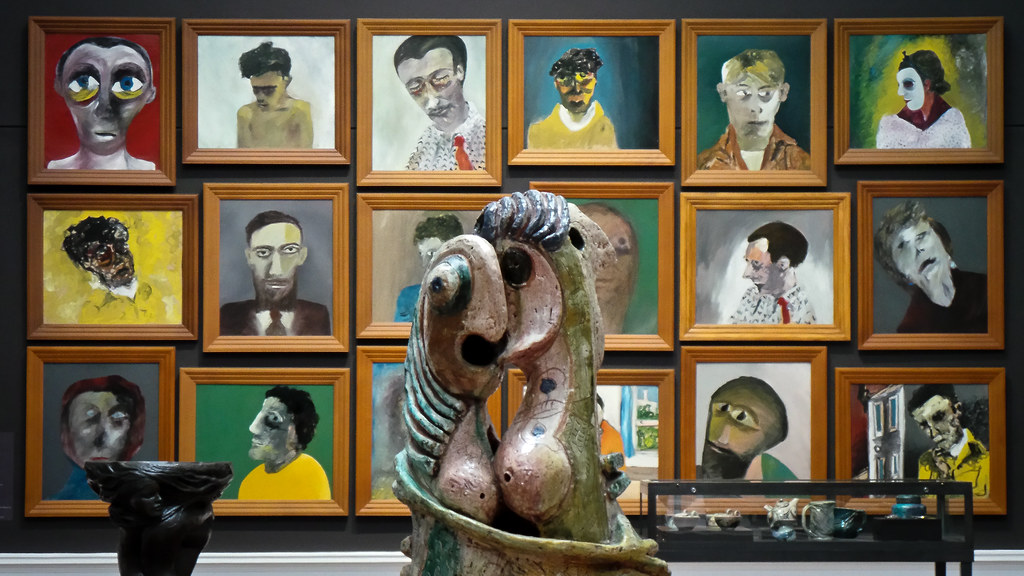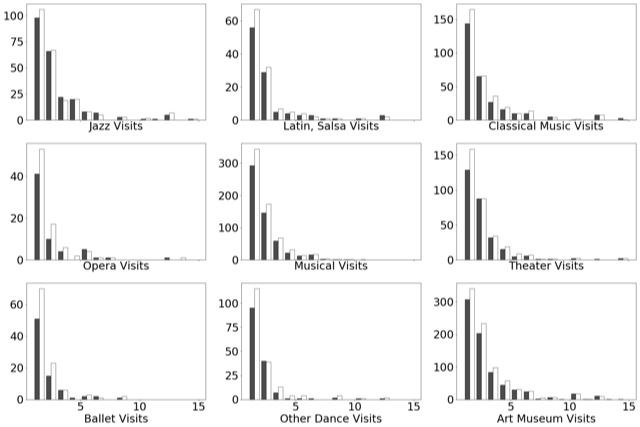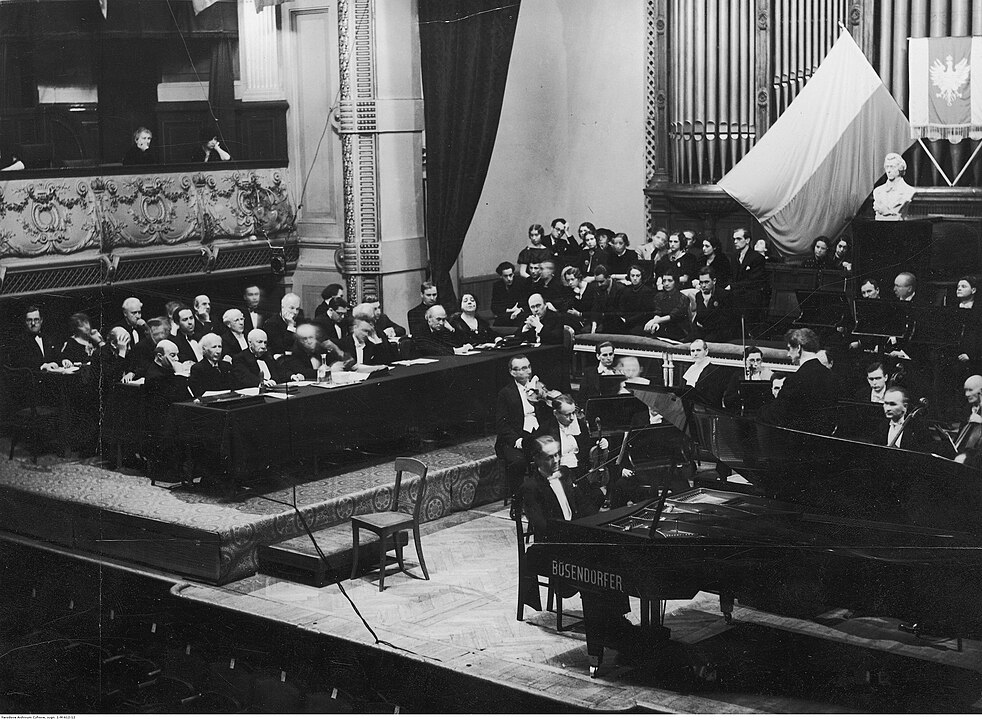By Caterina Mauri and Alexander Wolf
Women and men in couples enjoy shared leisure activities. When their preferences are not aligned, they implicitly (or explicitly) bargain over their arts consumption. The more influential a woman is within the couple, the more both partners consume high culture in a way that matches female singles’ preferences.
Many economically important decisions that are of interest to researchers are made not by individuals but by households. Though each household may have different and complex dynamics, bargaining models from family economics have proven useful to better understand them. In a recent paper, we apply lessons from this literature to data on consumption of high culture by men and women in couples.
The idea is simple enough. When couples of men and women have to make a decision jointly, two things should matter: Their individual preferences and their relative influence within the couple. This relative influence comes under many names such as bargaining weight, bargaining power or empowerment. We argue that attendance at cultural activities is among the many decisions implicitly bargained over in couples. This is because couples enjoy joint leisure and face joint constraints in time and money.
When looking at high cultural consumption in households, data can tell us about women’s and men’s preferences. Data from the 2008 and 2012 Survey of Public Participation in the Arts conducted by the National Endowment for the Arts, an agency of the US federal government, shows that female and male attendance at cultural activities differ. Women attend all types of cultural events more often than men, with very large differences for certain classes of activities. While attendance at jazz music and Latin and salsa performances, as well as art museums and galleries visits have a fairly balanced audience, some other activities, such as the ballet, the opera and live dance performances are predominantly attended by women.
Figure 1.
These systematic differences in demand for high cultural consumption between men and women have been observed across countries and over decades. Gender differences in high cultural attendance persist after controlling for educational level, occupation, age, family status, residential status and income. The existence of such clear and persistent gender differences allows us to focus on the second aspect of couples decision making: The relative influence of the partners.
The literature on decision making in households provides useful tools. In particular, it has identified certain variables, known as distribution factors, which play a special role in detecting the presence of intra-household bargaining. Candidates for such a distributional variables must be plausibly unrelated to individual preferences but related to bargaining power within the household. The most popular distribution factors relate to the source of a household’s income. For instance the husband’s share of total income (unlike, say, his hours worked) should not matter in consumption decisions except by influencing his relative bargaining position.
Other variables that are not directly related to the source of household income have also been used as distribution factors. These include demographic characteristics such as the differences between the spouses’ ages and educational levels. In each case, if the indicator is in, say, the wife’s favor (i.e. for instance the male-female age difference is large and negative), then her bargaining power in the household will tend to be higher, other things equal.
We test whether these distribution factors affect decisions on cultural consumption. For in- stance, we test whether the number of visits by male partners to a class of events mostly appreciated by women, such as the opera or the ballet, tends to be high when the relative bargaining power of the husband is also high.
In our analysis, cultural consumption by an individual in a couple may be driven by four groups of factors: Own characteristics, household characteristics, partner’s characteristics and distribution factors. The inclusion of partner’s characteristics is based on earlier research in the field of cultural consumption, which has often found such variables to be nearly as important as a person’s own. Distribution factors are meant to proxy the relative influence of one partner in a couple.
As is often found in research on arts consumption, own education and partner’s educational level are good predictors of cultural attendance. Unsurprisingly, household income and urban residence also have a positive effect on participation in cultural activities.
The most relevant result concerns the importance of the distribution factor in art consumption choices. When men’s share of household income is larger the probability of men’s attendance at female-dominated high culture events decreases, even conditionally on total household income, hours worked and a host of other controls. We find analogous effects for the difference in age between husbands and wives as well as for the difference in educational attainment. We conclude that this shift is due to differences in bargaining power.
About this publication
Mauri, C.A., Wolf, A.F. Battle of the ballet household decisions on arts consumption. Journal of Cultural Economics (2020). https://doi.org/10.1007/s10824-020-09395-z
About the authors
Caterina Mauri is PhD candidate at the University of Southern Denmark.
Alexander Wolf is post doctoral research fellow at the Institute for Fiscal Studies (IFS) in London and is associated with Compass Lexecon.
About the image








